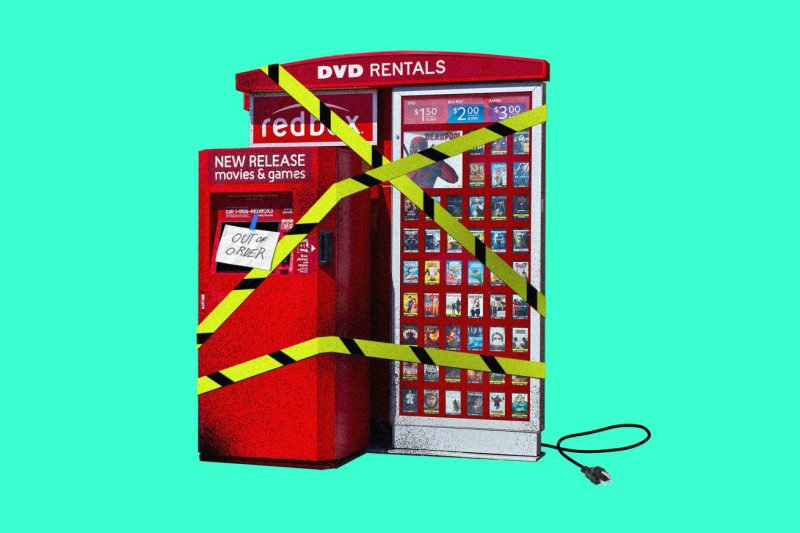Taking a deep dive into the streaming industry, it’s evident that Redbox has been quietly gearing down its operations in recent years. While the days of heading out to a Redbox kiosk to pick up a DVD or Blu-ray used to be a popular pastime for many, the rise of online streaming services has significantly impacted its business model.
One of the key reasons behind Redbox’s decline is the convenience factor offered by streaming services. With platforms like Netflix, Hulu, and Amazon Prime Video allowing users to access a vast library of content from the comfort of their own homes, the need to physically visit a kiosk to rent a movie has become less appealing to consumers. The shift towards digital consumption has made it challenging for Redbox to compete in a landscape dominated by on-demand streaming.
Moreover, the cost-effectiveness of streaming services cannot be overlooked. With subscription plans that offer unlimited access to movies and TV shows at a flat monthly rate, consumers find it more economical to opt for streaming platforms rather than paying per rental at Redbox. This affordability factor has played a significant role in the company’s decline, as consumers increasingly seek cost-effective entertainment options.
Furthermore, the growth of original content on streaming platforms has also contributed to Redbox’s struggles. Platforms like Netflix and Amazon have been investing heavily in producing their own exclusive content, attracting viewers with compelling shows and movies that cannot be found elsewhere. This push towards original programming has not only captured consumer interest but has also created a loyal subscriber base for streaming services, further encroaching on Redbox’s market share.
Another aspect affecting Redbox’s business is the shift towards digital distribution. As more and more consumers opt to stream or download movies digitally, the demand for physical media such as DVDs and Blu-rays has slowly declined. This trend has resulted in a shrinking market for physical rentals, impacting Redbox’s core business of DVD kiosk rentals.
In response to these challenges, Redbox has been adapting its business model by expanding its digital presence. The company now offers an on-demand streaming service that allows users to rent or purchase movies online, catering to the growing demand for digital content consumption. While this transition to digital may help Redbox stay relevant in the evolving entertainment landscape, the competition in the streaming space remains fierce.
In conclusion, the power-down of Redbox can be attributed to a combination of factors including the convenience and affordability of streaming services, the rise of original content, and the shift towards digital distribution. Despite these challenges, Redbox’s efforts to pivot towards digital offerings showcase its resilience in the face of a changing industry. However, the road ahead remains uncertain as the streaming wars continue to shape the future of entertainment consumption.





























